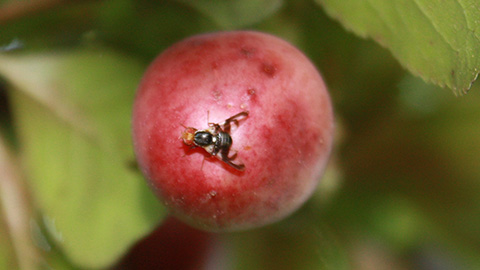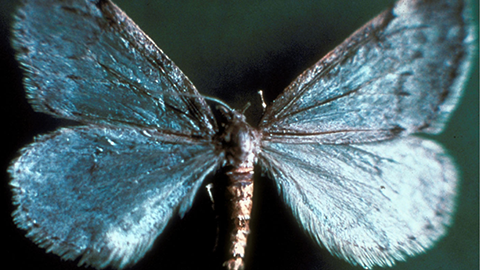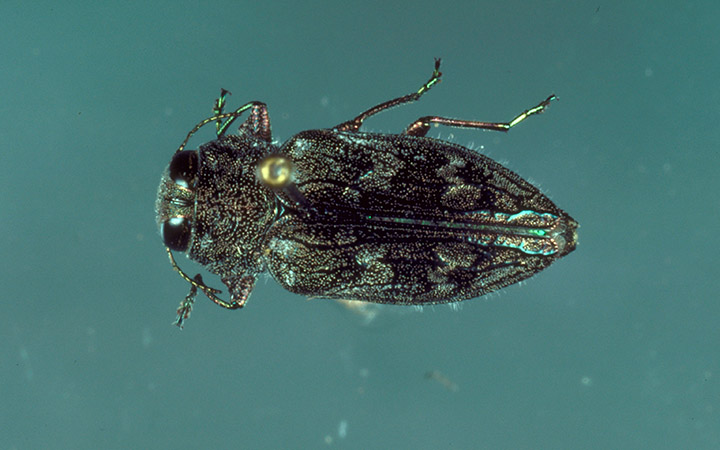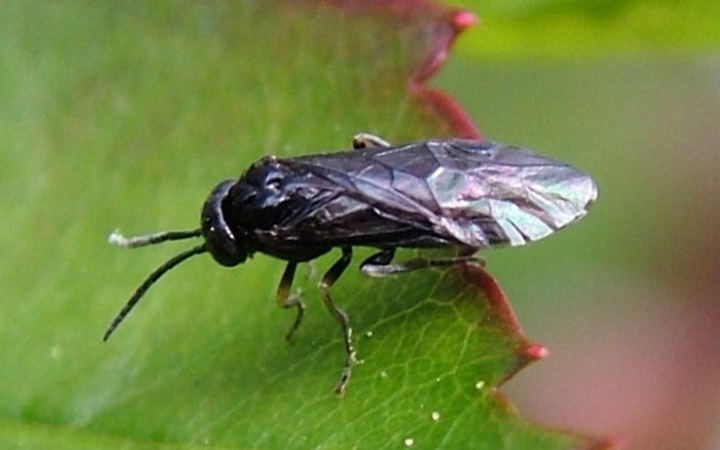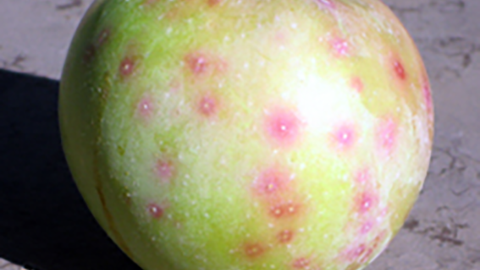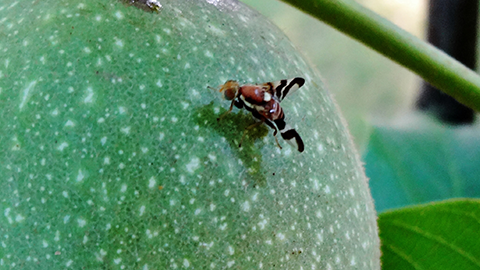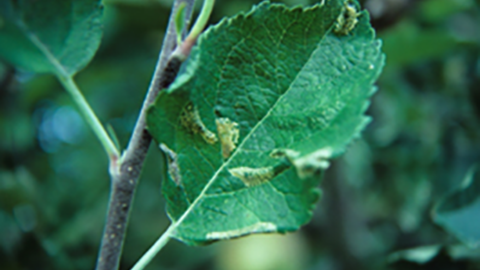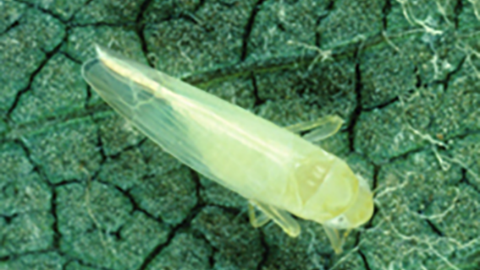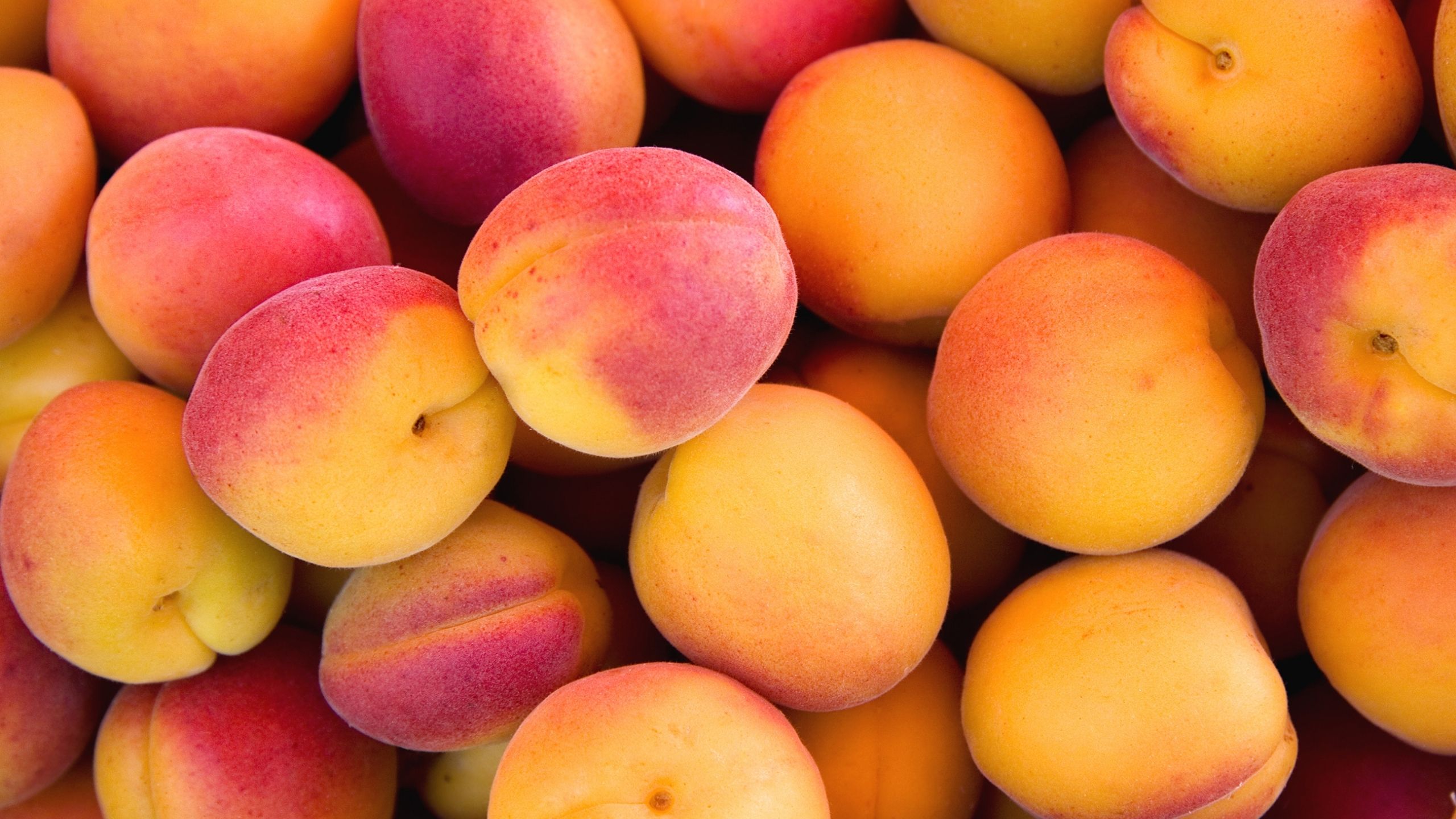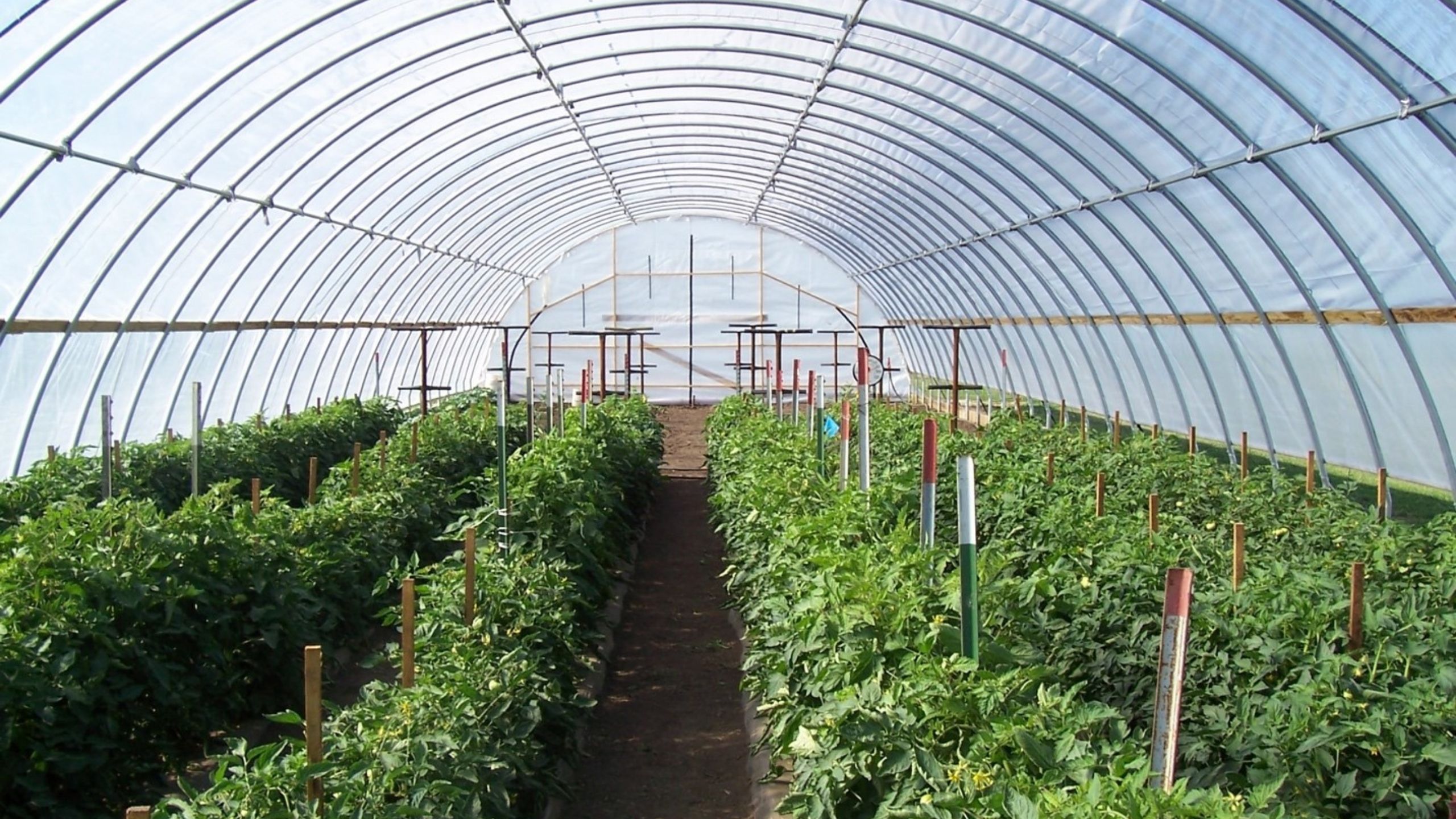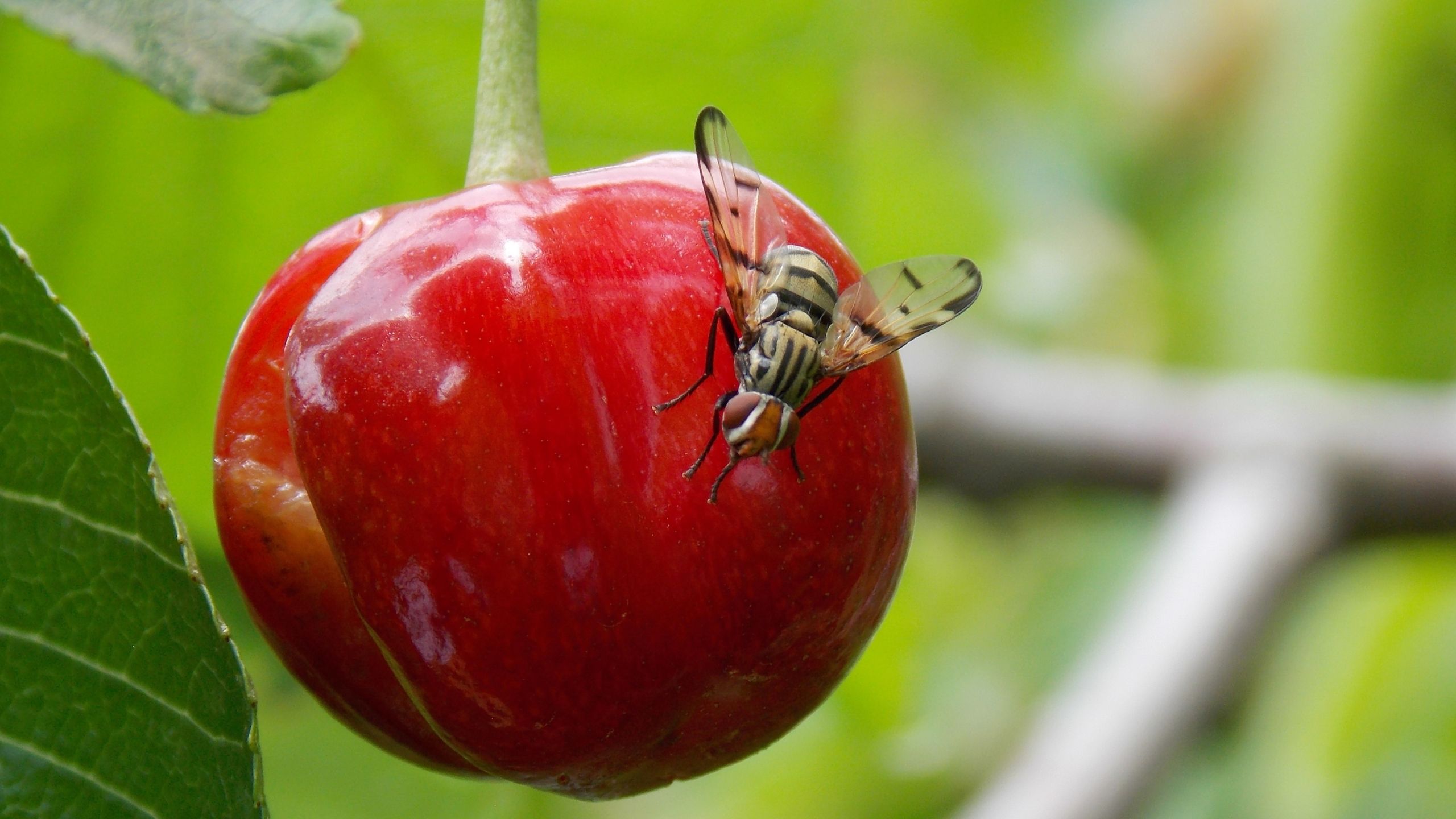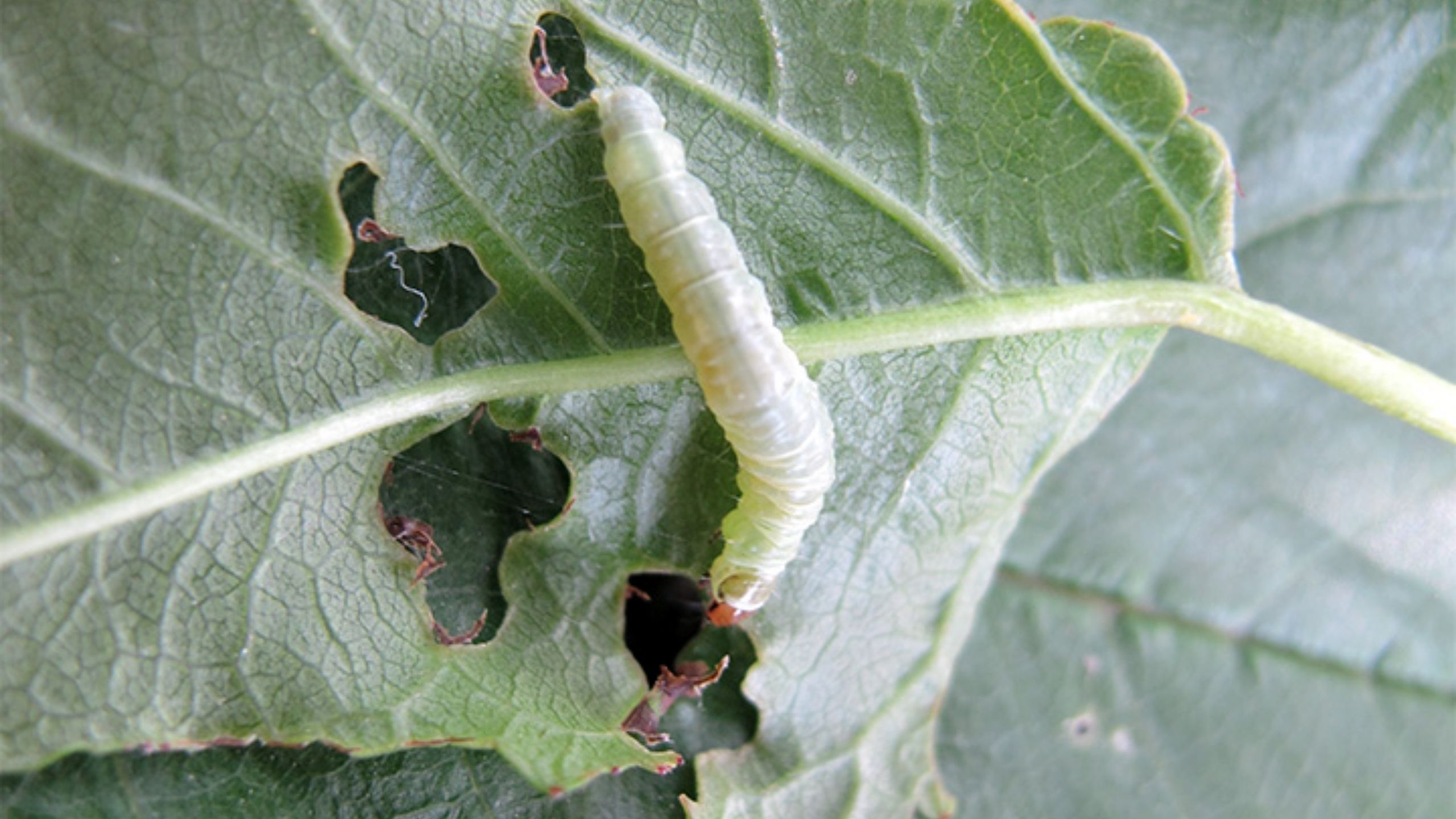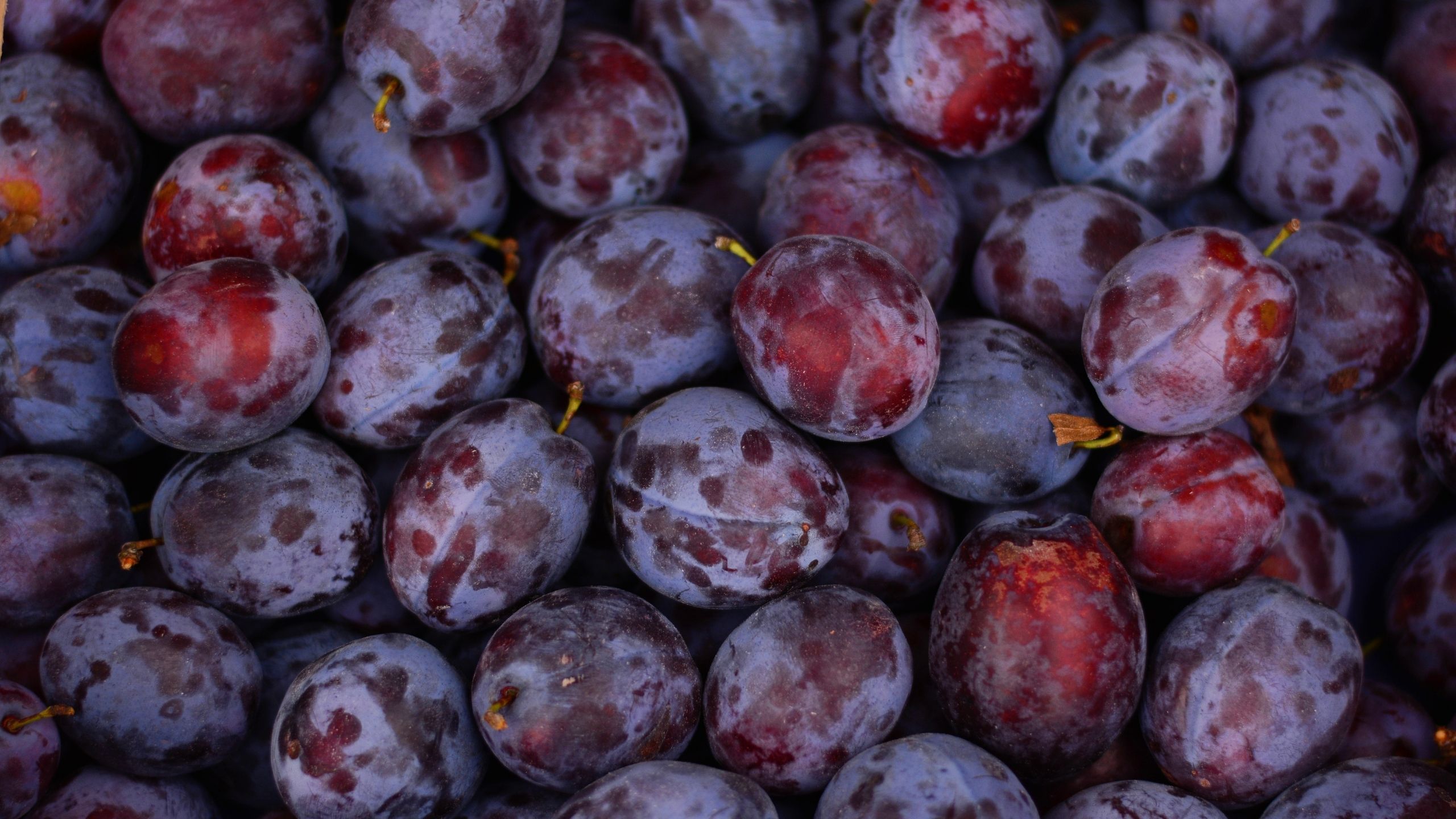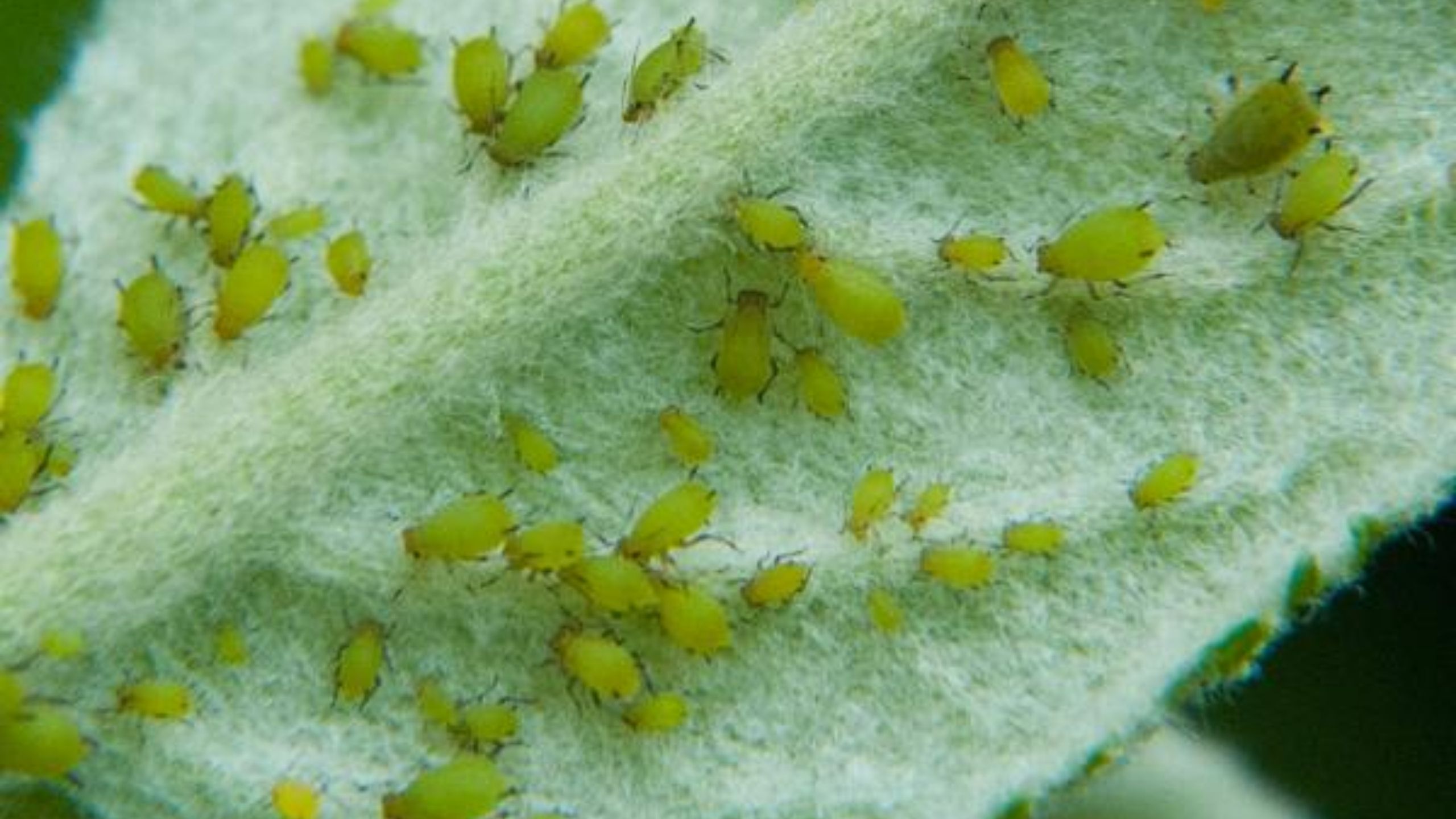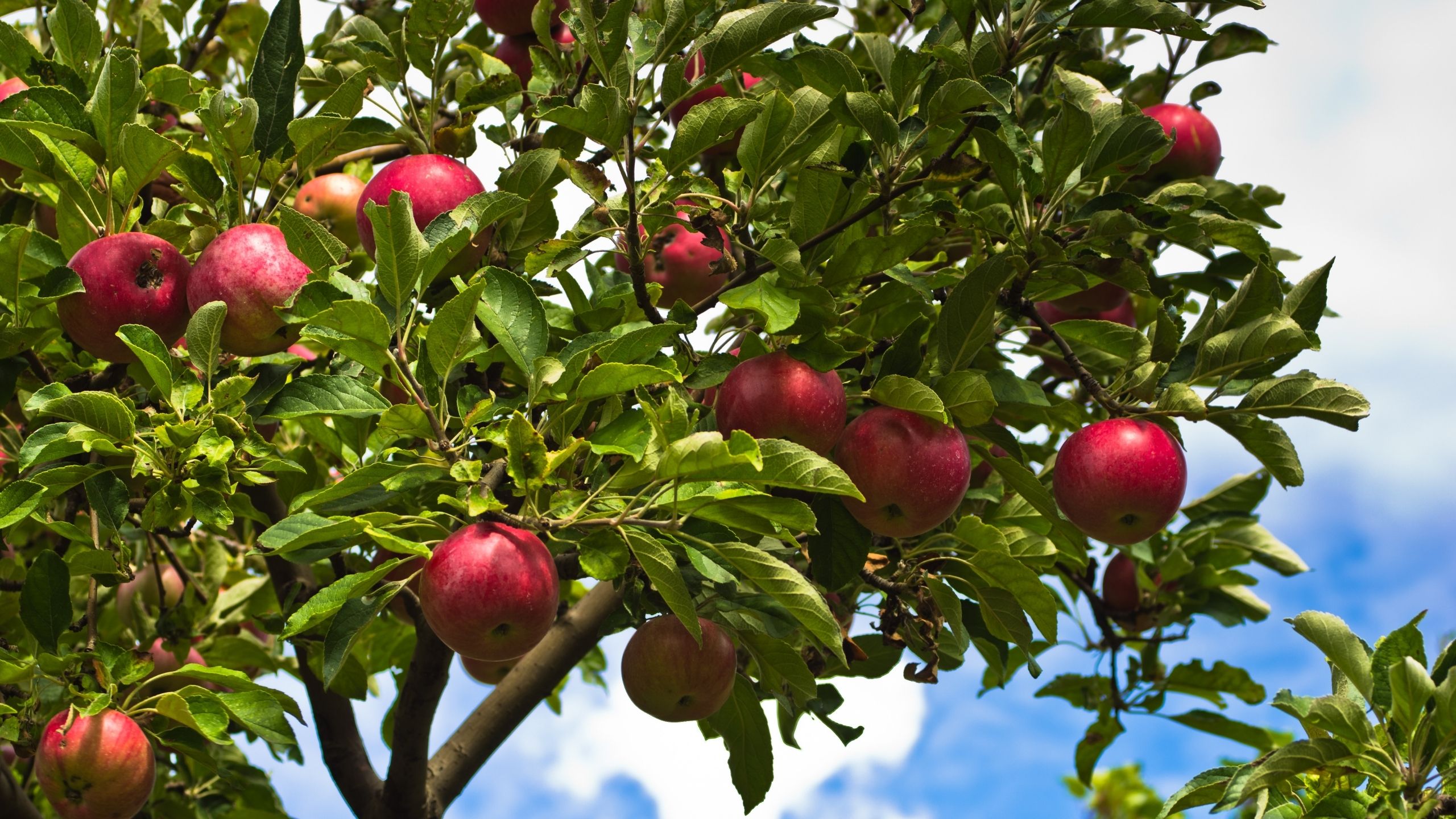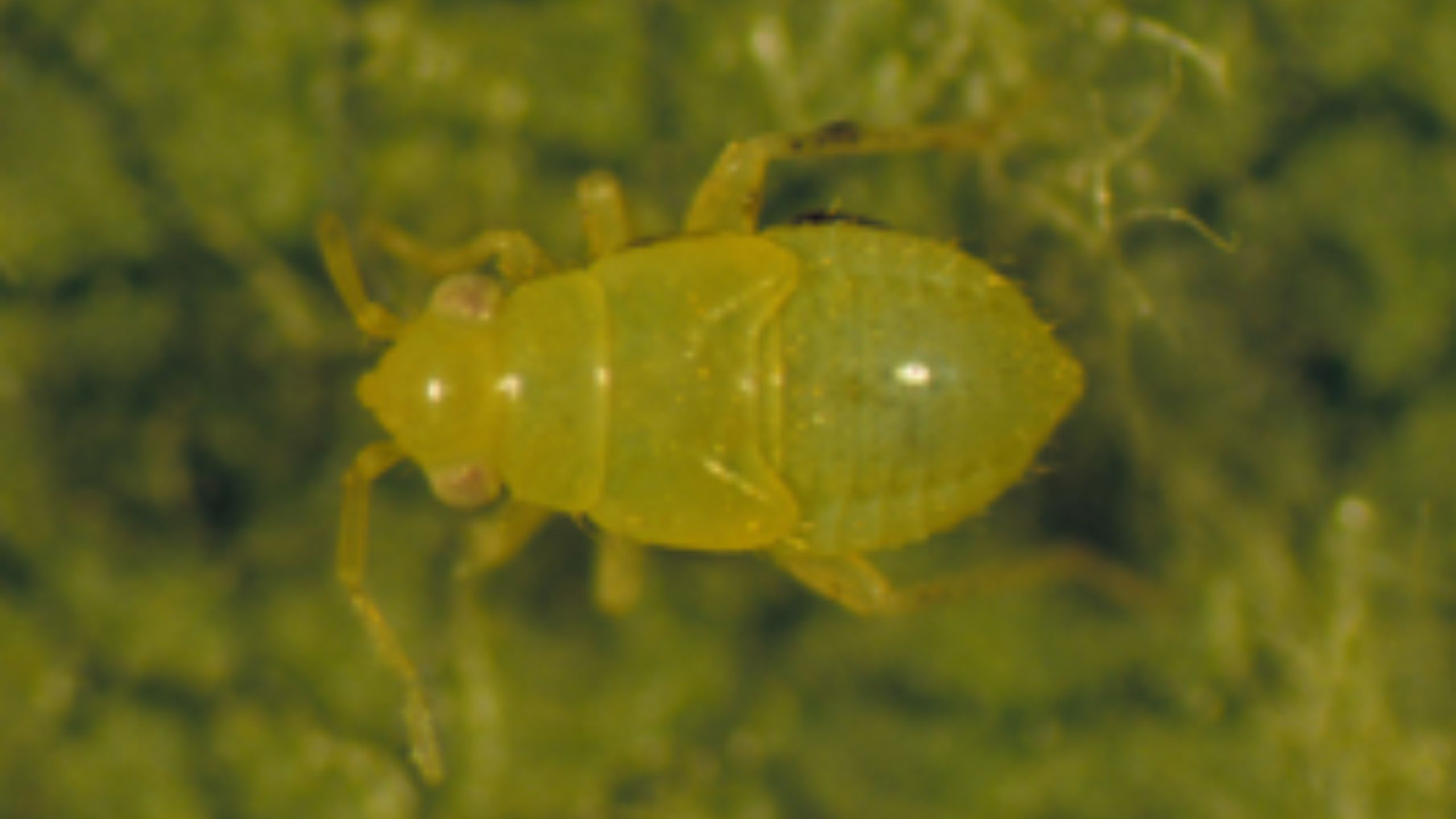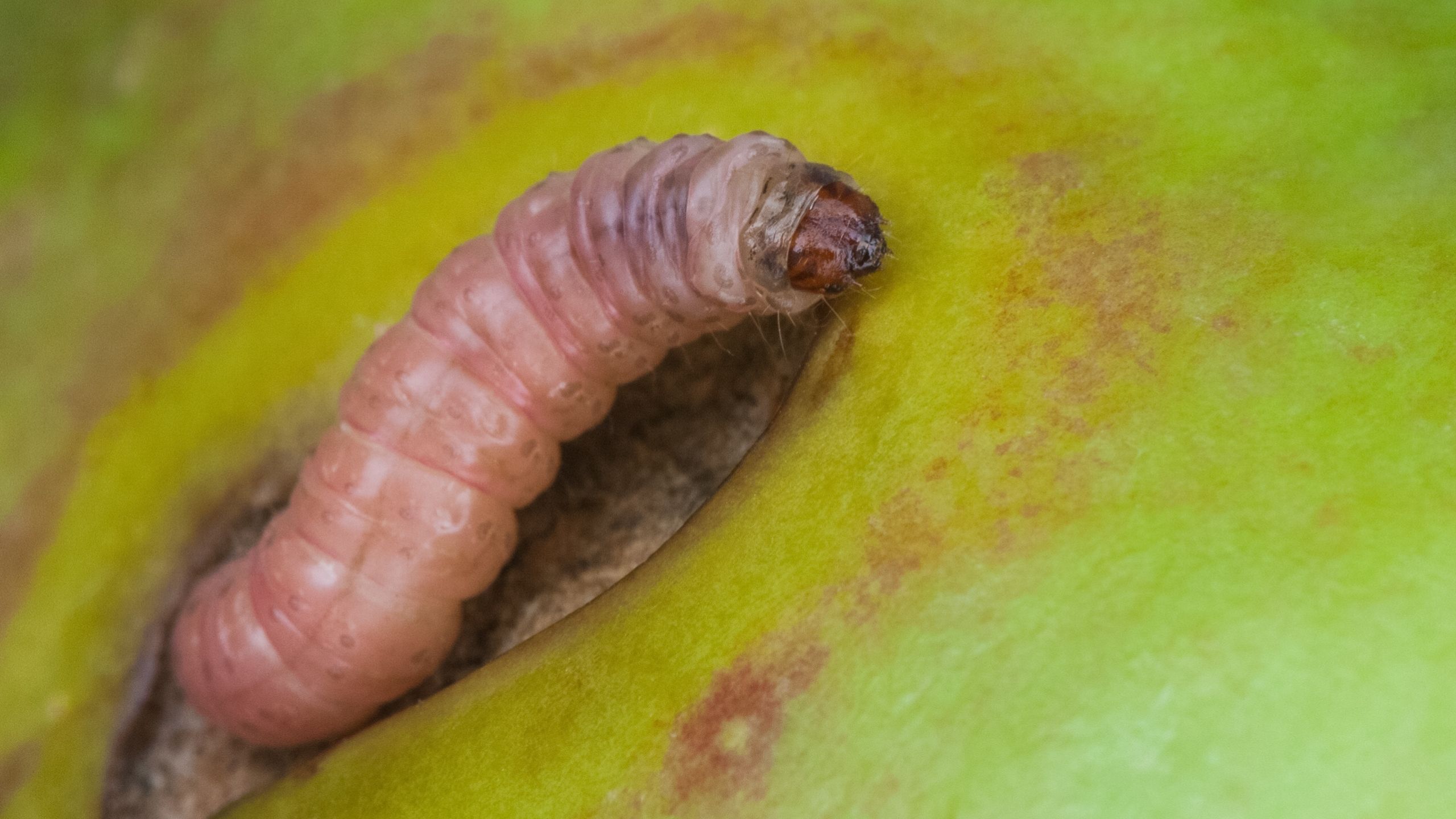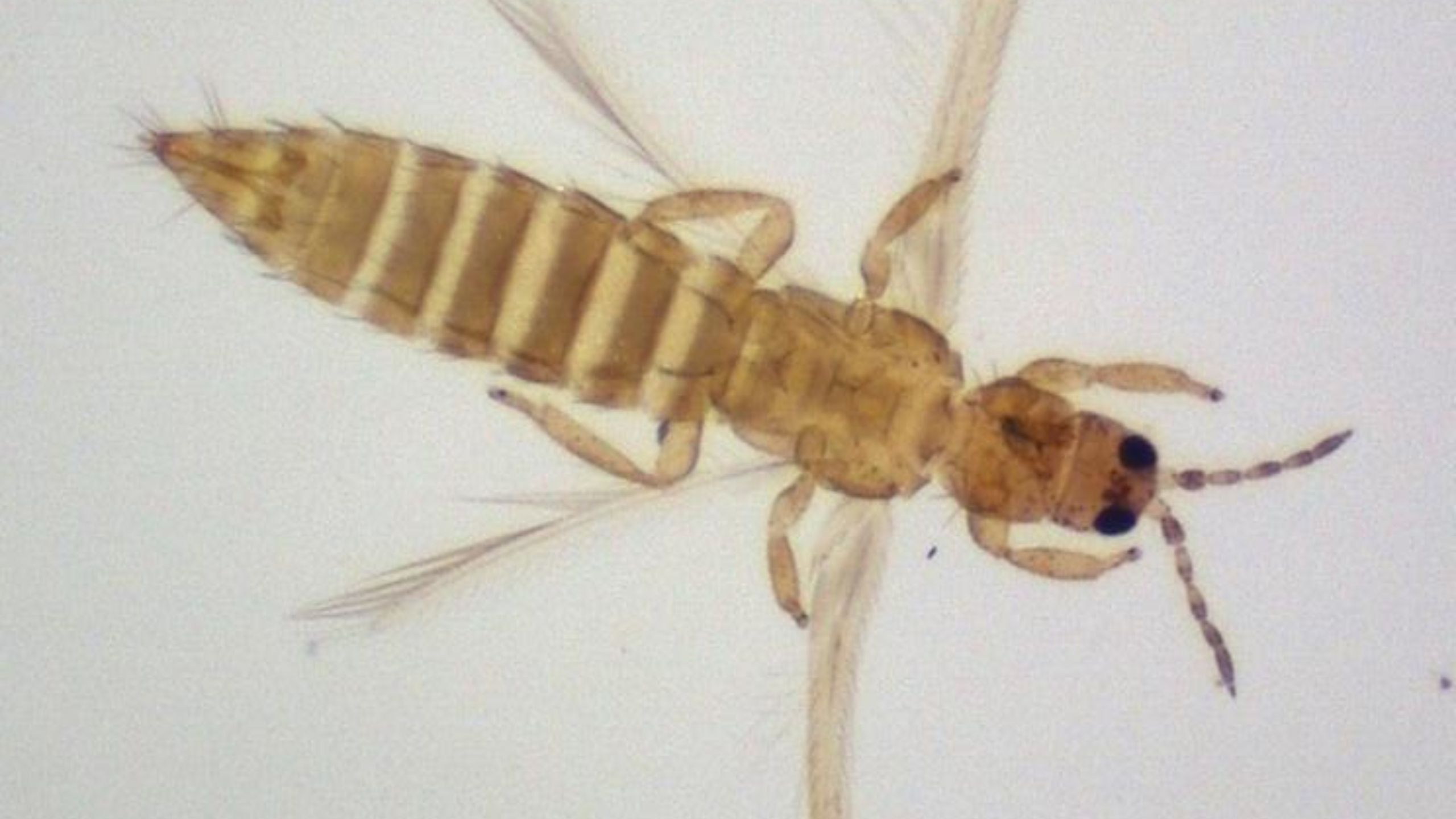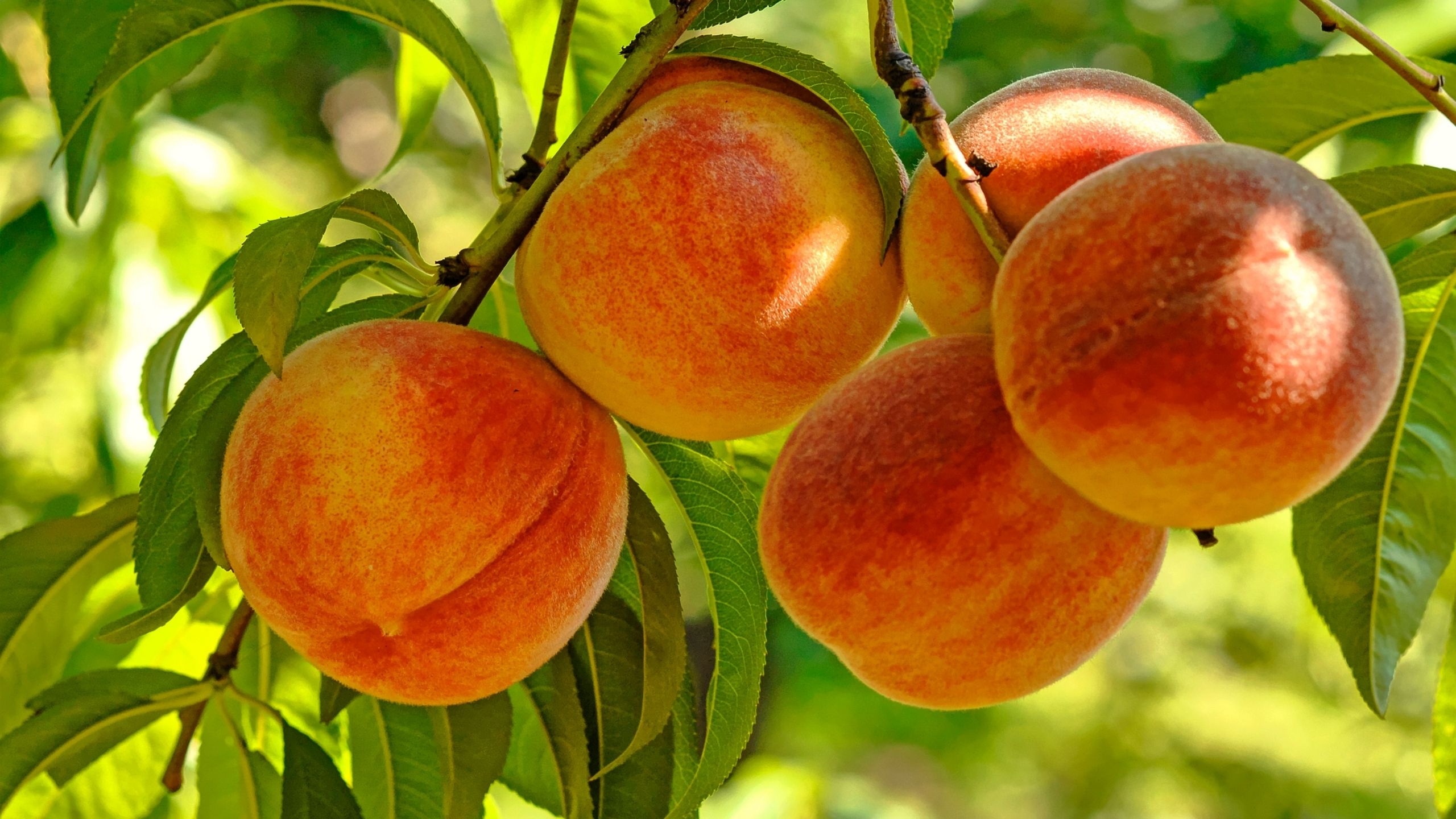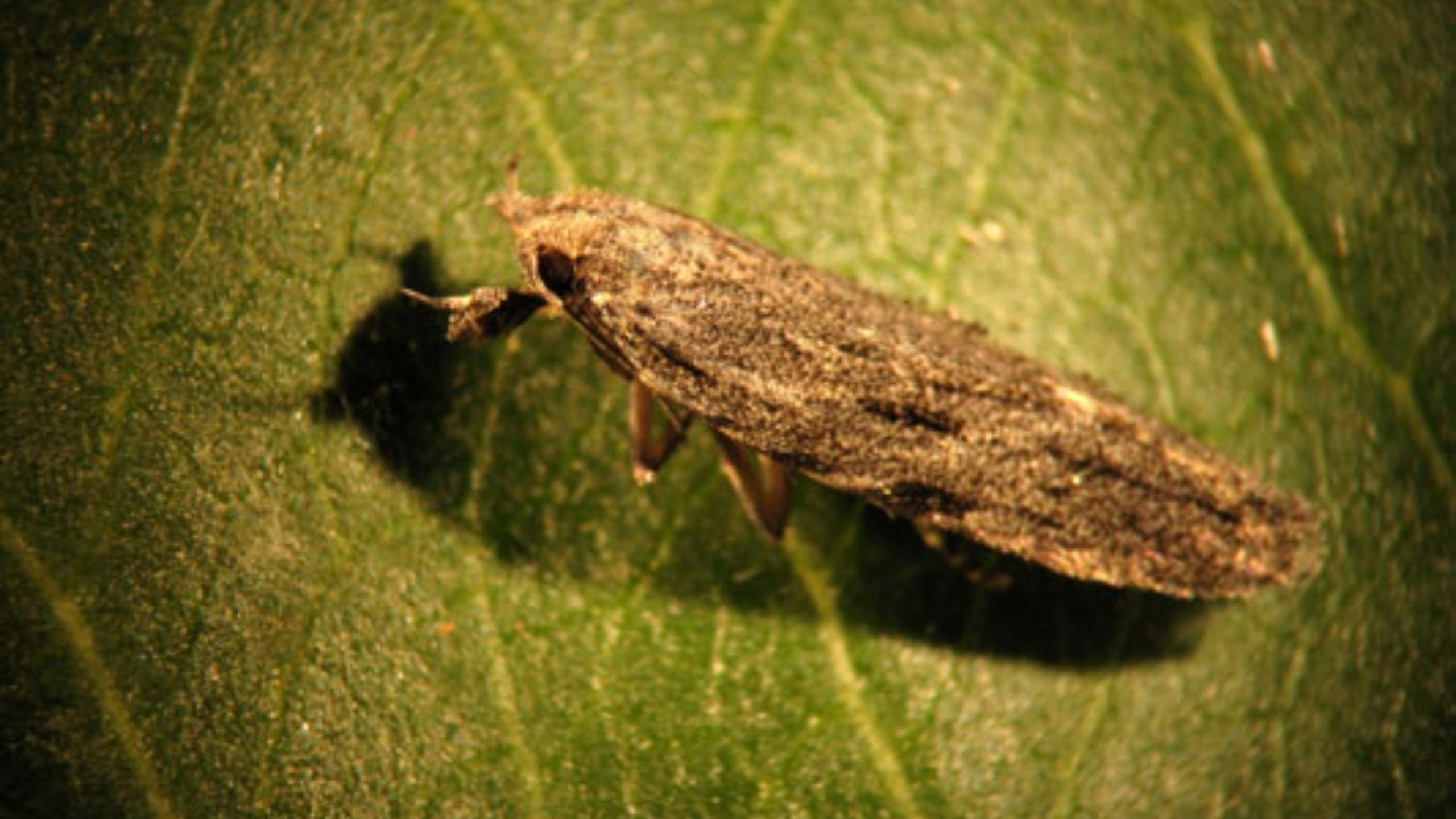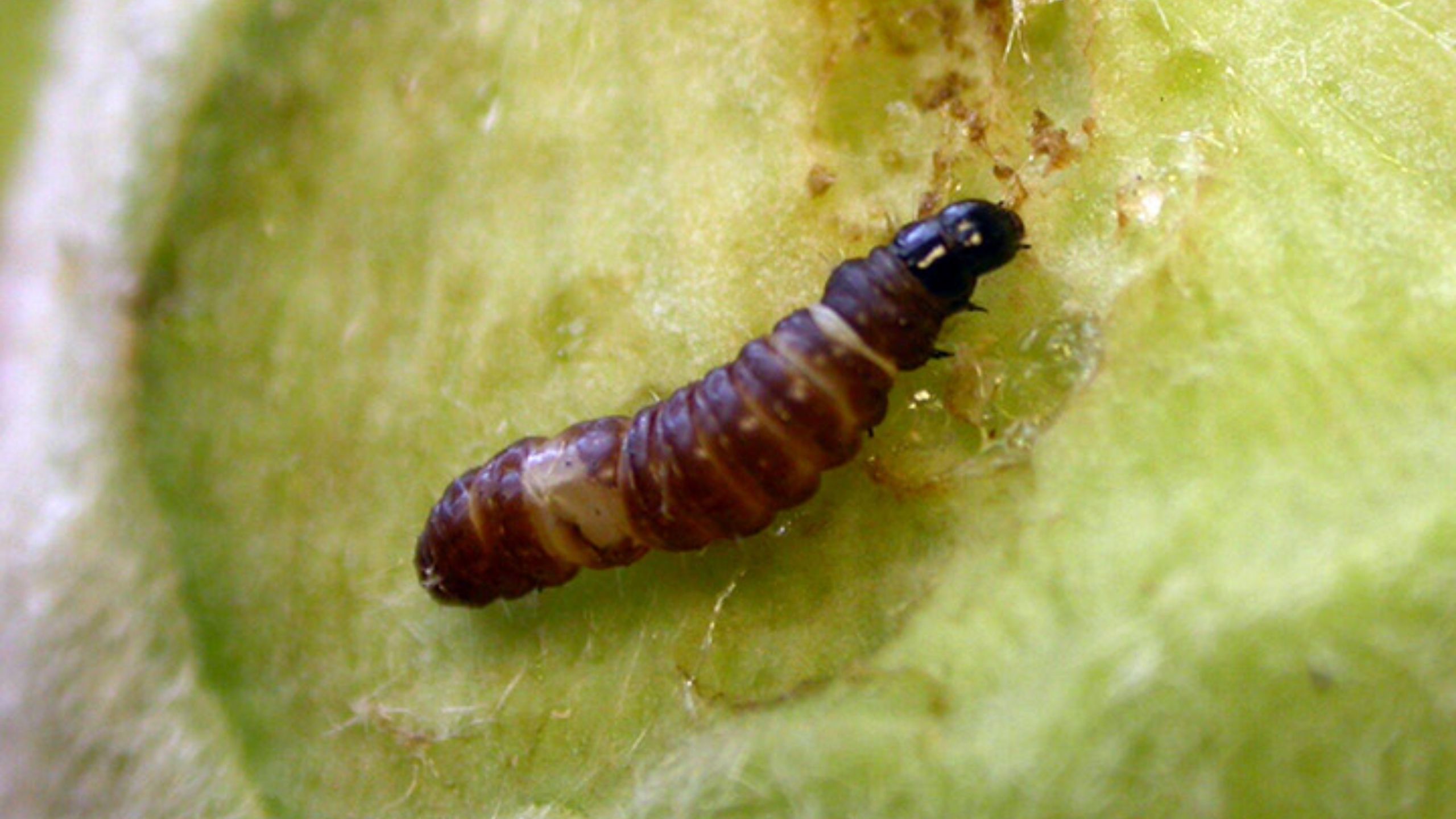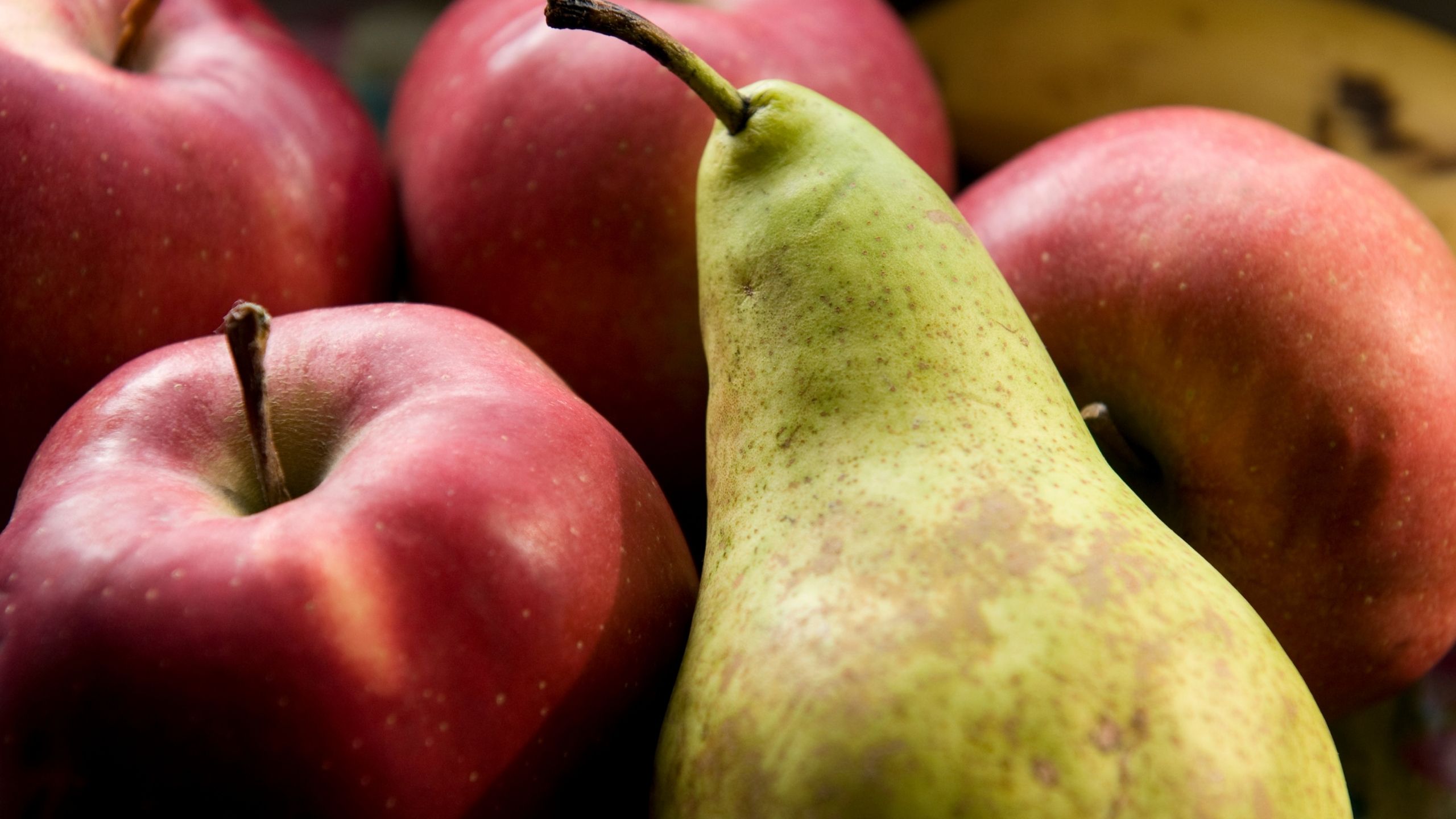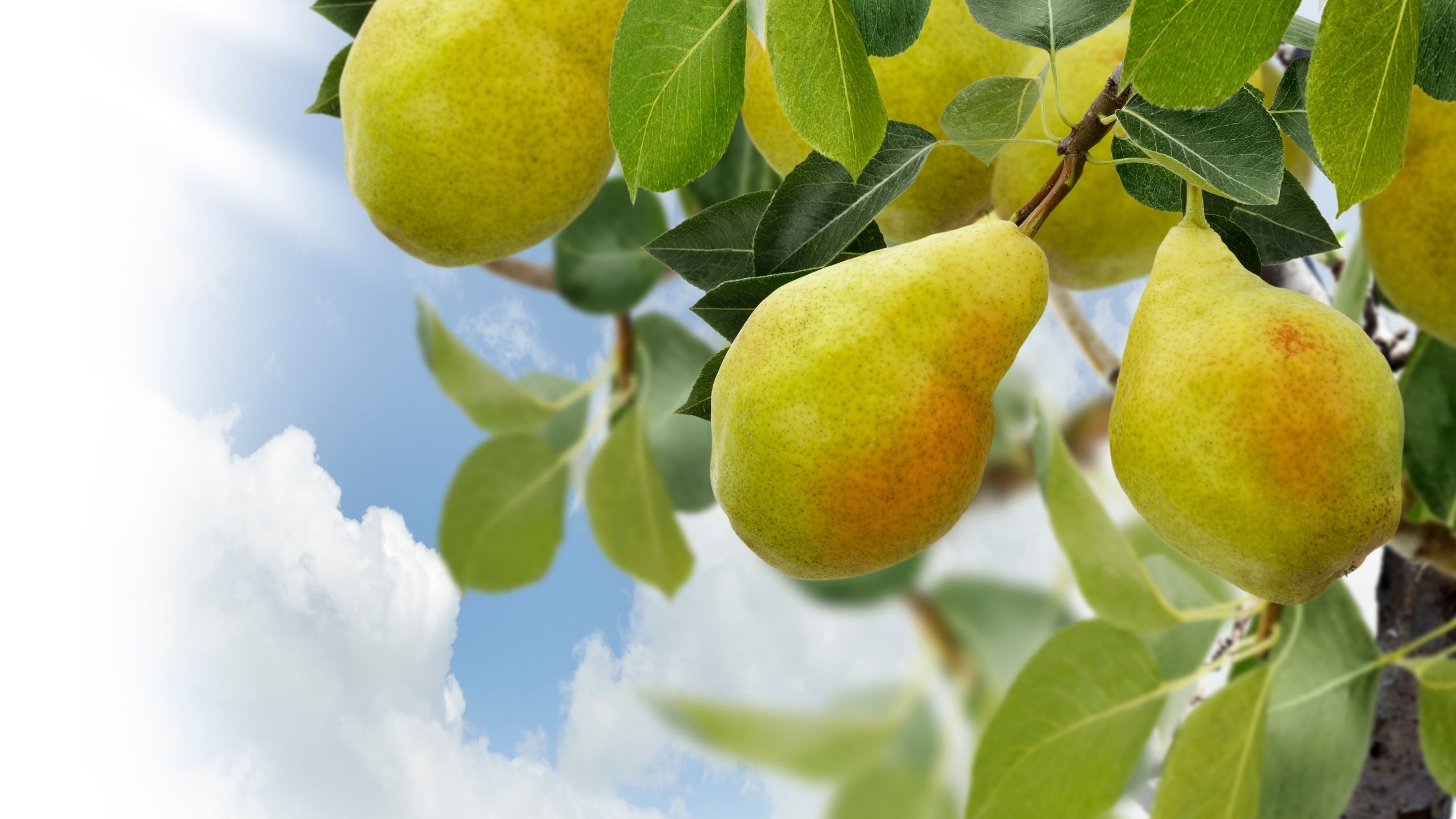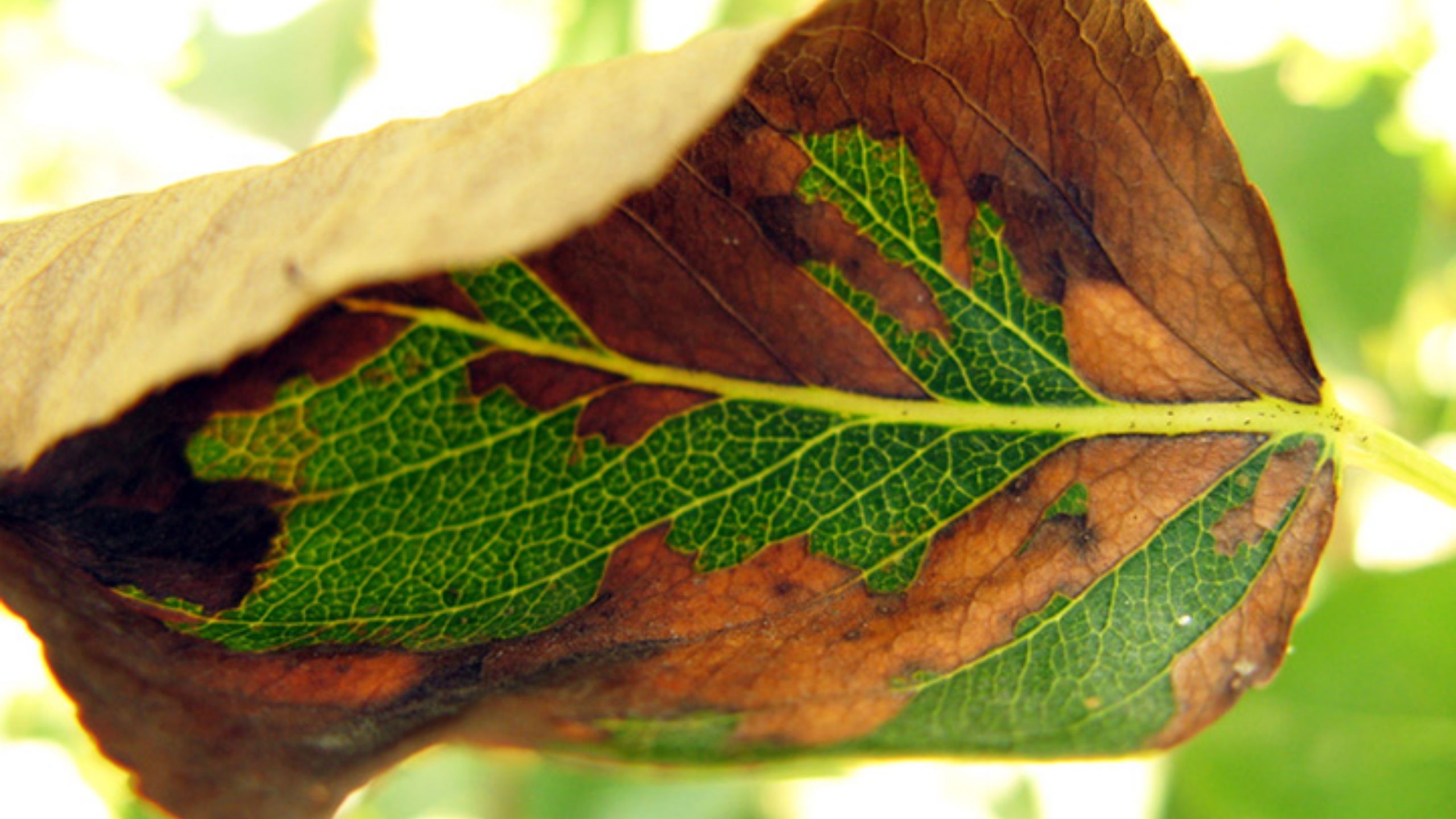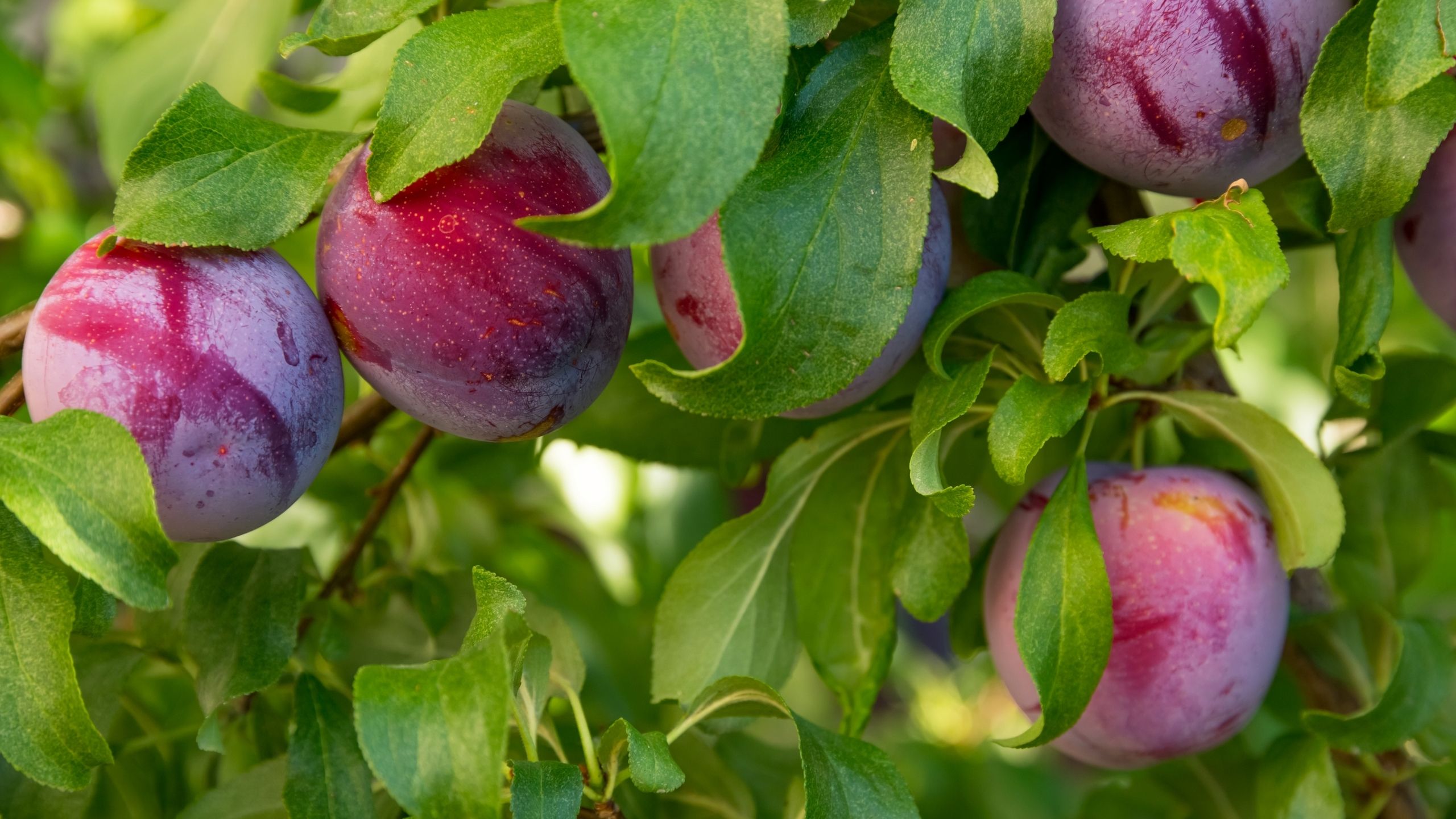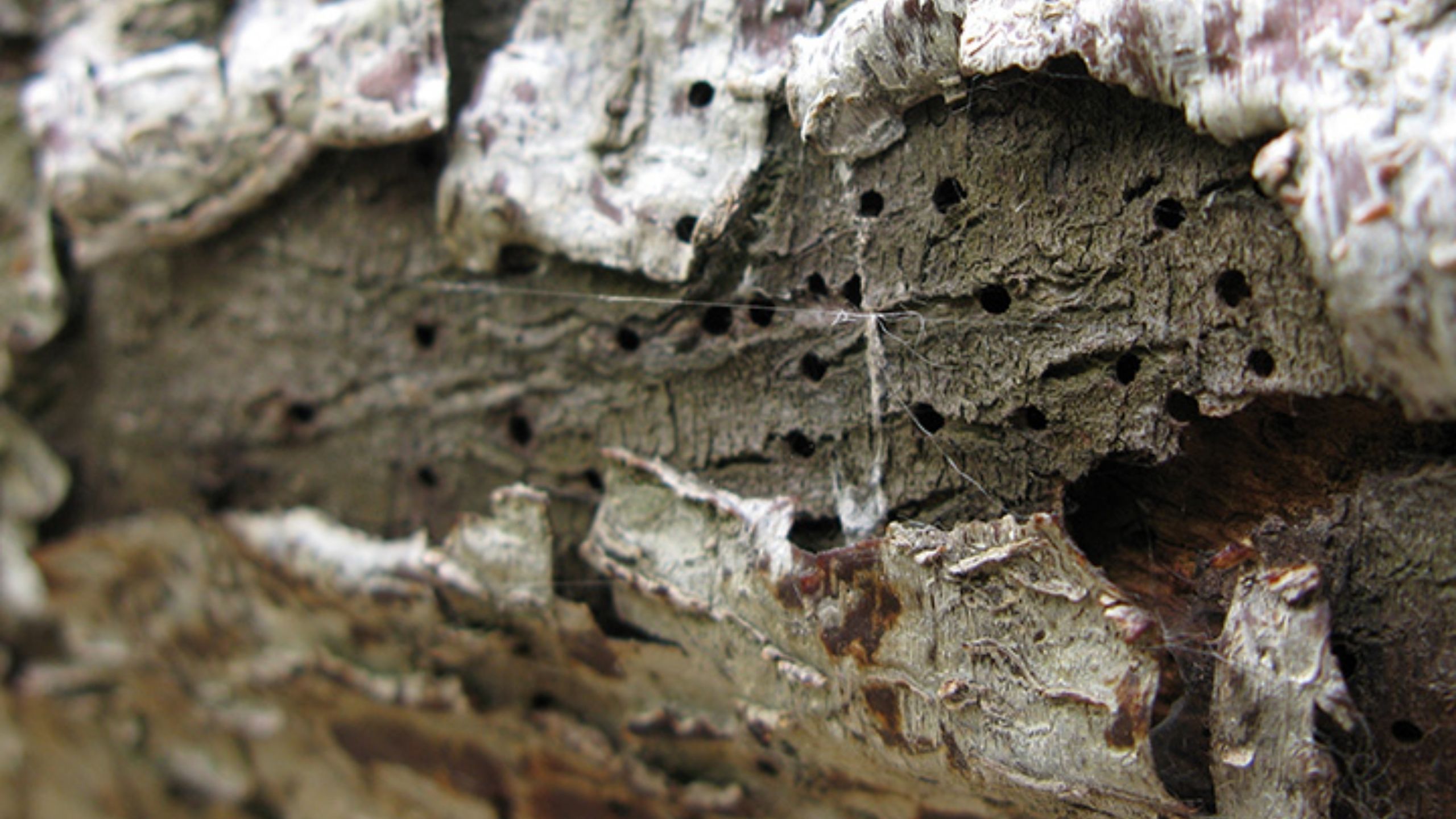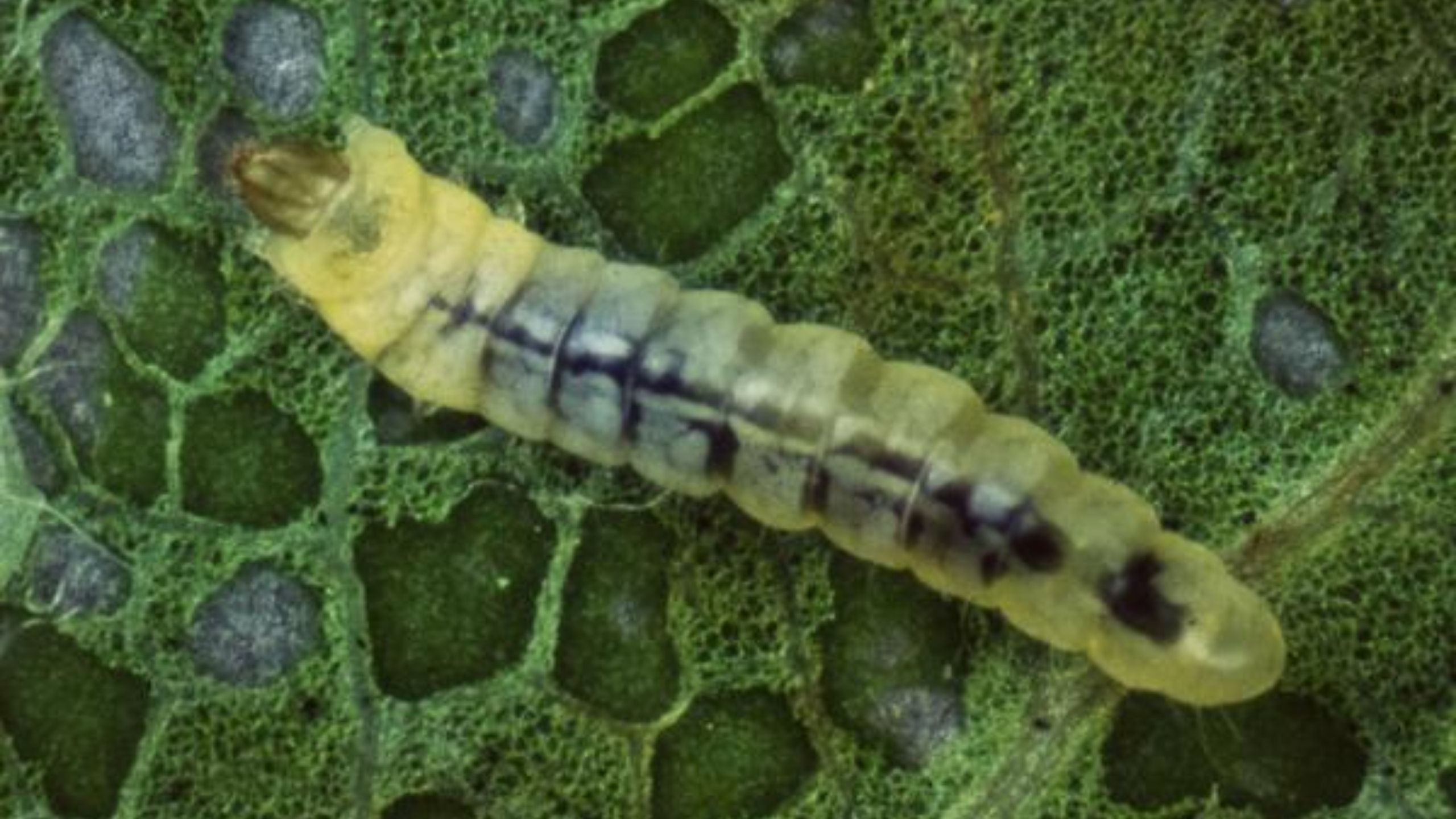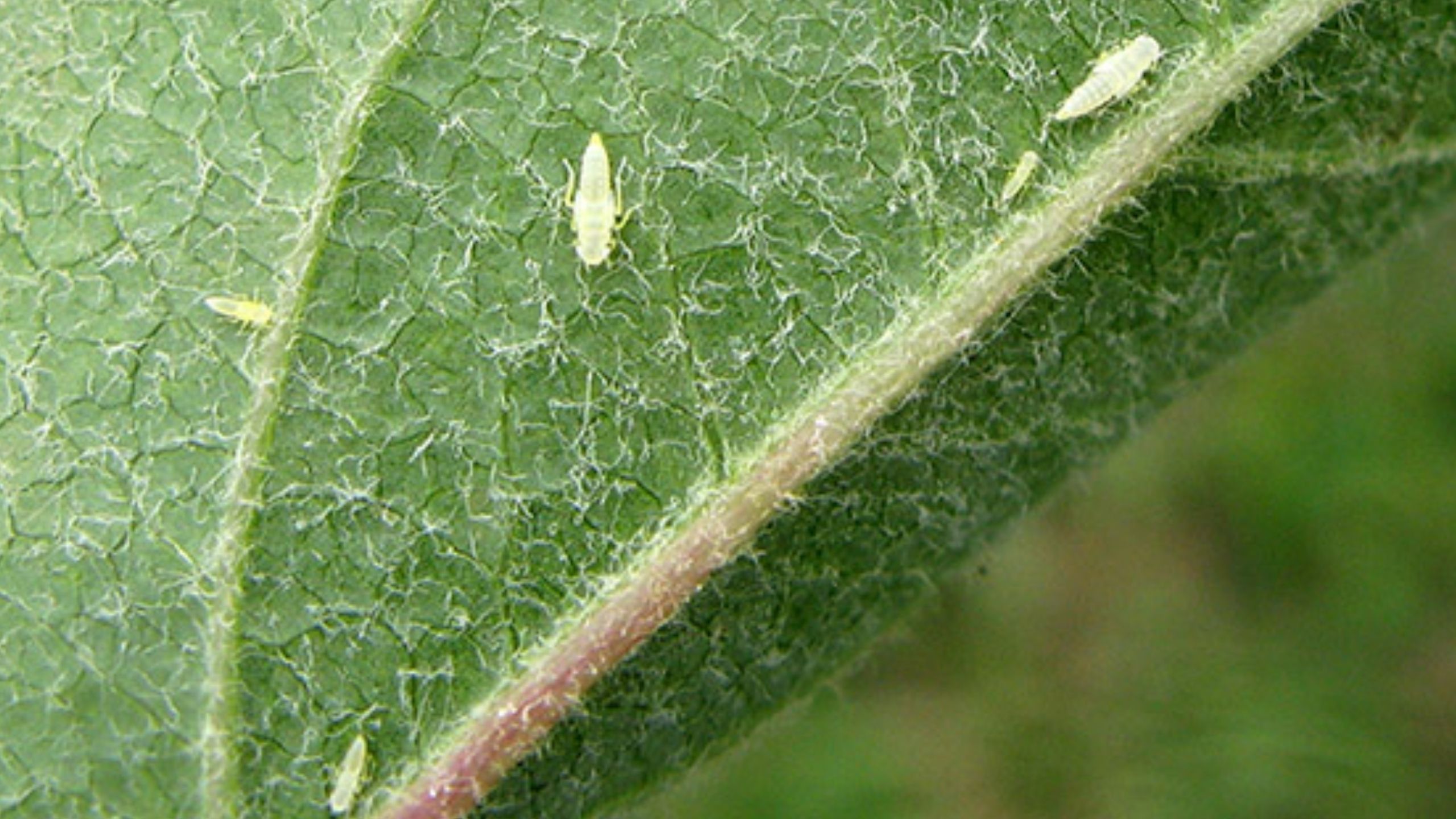Cat-facing Insects
October 2010
Diane Alston, Extension Entomologist (No longer at USU) • Michael Reding, Entomologist (No longer at USU) • Marion Murray, IPM Project Leader
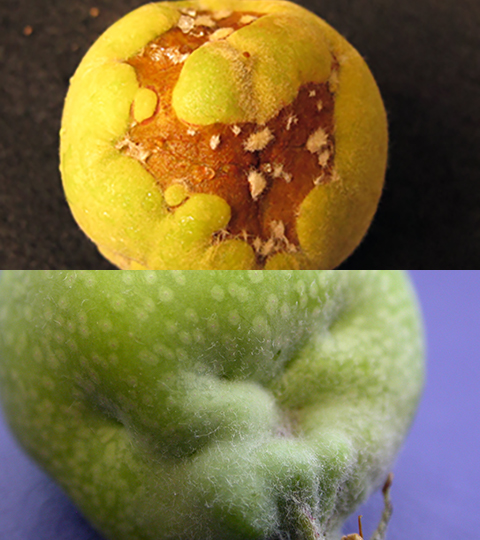
Fig. 1 (top). Early-season cat-facing injury to peach fruit.
Fig. 2 (bottom). Early season cat facing injury to apple.
Quick Facts
- Cat-facing insects are sporadic pests in orchards, but can cause severe fruit injury when populations are high.
- Cat-facing adults and nymphs feed on the surface of fruit causing unsightly dimpling, deformity, and scarring.
- Monitor in spring (from pre-bloom through early fruit development) and in late summer to fall by visual observation, beating tray, or sweep net.
- Managing alternate plant hosts and weeds in the orchard ground cover is important.
- Insecticides are recommended only for orchards with a history of fruit damage or when there are high bug populations.
- Orchard border and spot sprays are preferred.
There are a number of insects with the piercing-sucking feeding habit that can cause deformity and cat-facing type injury to pome and stone fruits, including lygus bug, stink bug, and boxelder bug. Cat-facing injury is caused by puncture feeding in flower buds and fruit. The result is unsightly dimpling, deformity, and scarring of fruit. The name “cat facing” comes from the distorted fruit shape that resembles the puckered cheeks of a cat (Figs. 1 and 2). In addition to the insects discussed in this section, some aphids and the campylomma bug can inflict similar injury.
Lygus Bug
Lygus hesperus
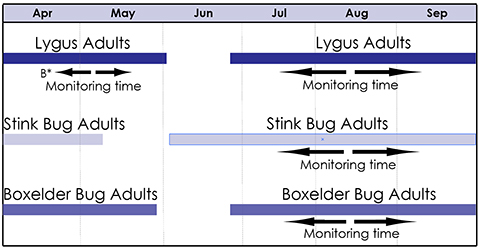
Fig. 3. Cat-facing insect life history in fruit orchards. The arrows indicate when monitoring should be conducted for each insect type.
B* = First bloom.
Lygus bug (also known as tarnished plant bug) occurs on a wide range of crops. This bug damages crops by feeding on developing flower buds, fruit and seeds. Lygus bugs are most often a problem in fruit orchards with ground cover comprised of broadleaf weeds, or in orchards near alfalfa fields or other host plants.
Lygus bugs primarily injure fruit early in the season, from pre-bloom through early fruit development. Therefore, control actions are typically targeted for this time. There are three to four overlapping generations each year (Fig. 3).
HOSTS
- Apple
- Apricot
- Nectarine
- Peach
- Pear
- Many broadleaf crops
- Weeds and native plants
LIFE HISTORY
Adult: Overwintering and Damaging Stage
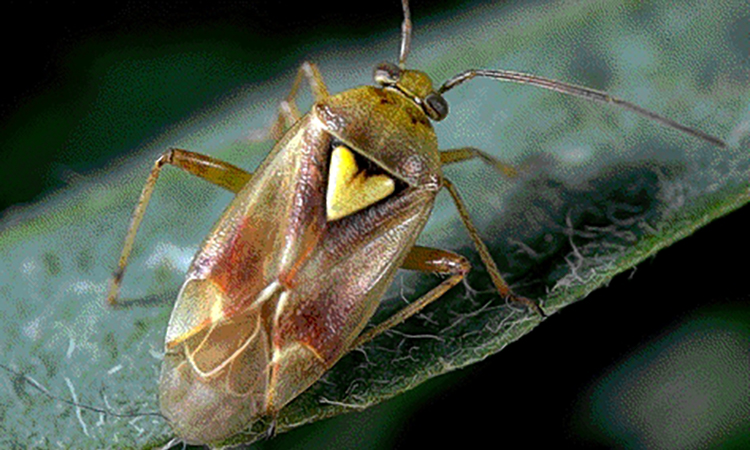
Fig. 4. Lygus bug adult. Image courtesy of 2
Image courtesy of Jack Kelly Clark, University of California.
- Size and color: 1/4 inch long, pale green to brown with yellow, black,and reddish markings (Fig. 4).
- Characteristic feature: upside-down triangle on the upper center of the back.
- Where: overwinters in plant debris on the orchard floor, in nearby alfalfa fields, or in uncultivated areas.
- When: becomes active in the spring and flies to fruit trees where it feeds on developing flower buds.
- Mates in the spring; female lays eggs on a wide range of broadleaf plants about 10 days after emerging.
- Exits orchard soon after shuck split to feed on weed hosts or other crops.
- May return to orchard when host plants surrounding orchard dry up or crops are cut.
Egg
- Size, color and shape: 1/25 inch long, creamy white, and flask shaped.
- Where: inserted into leaves or stems of plants about to flower.
- Hatches in 1 to 4 weeks depending on temperatures.
Nymph-Damaging Stage
- Size, color, and shape: smaller than the adult, pale green, but has no wings.
- Passes through five instars.
- Distinct spots appear on the thorax and abdomen, and developing wing pads are obvious during instars three through five.
- Feeds on plants by piercing the tissue and sucking the juice.
- May not cause damage to tree fruit crops, but nymphs do damage other crops.
HOST INJURY
Adult lygus bugs feed on developing flower buds and young fruit in the spring, causing fruit deformities.Stone Fruit
- Early-season feeding causes raised and sunken corky areas on the fruit surface (Fig. 1).
- Late-season feeding results in stings with gummy ooze.
Pome Fruit
- Severely damaged flower buds shrivel and die before they open, and buds may exude a small drop of gummy liquid. Usually the damage is not serious unless lygus bug populations are high.
- Dead cells on the fruit surface fail to grow, leaving crescent-shaped pustules (up to 1/4 inch long), deep pits, and irregular depressions (Fig. 2).
Stink Bugs
Consperse stink bug, Eushistus conspersus
Green stink bug, Acrosternum hilare
Plant-feeding stink bugs are common pests of many agricultural crops. The most common stink bugs in Utah orchards are the consperse stink bug and the green stink bug. Stink bugs are sporadic pests of most fruit trees, but can occasionally cause severe damage when populations are high. The name stink bug comes from the insect’s ability to release a strong, foul-smelling odor from glands between the legs. Most stink bugs feed on plants, but a few species are beneficial predators.
It is not known if stink bug nymphs can survive on fruit trees. Studies indicate that although eggs hatch on trees, nymphs do not survive there for any length of time. The primary injury is caused by adults migrating in from crop or weed hosts and feeding during late spring or close to fruit harvest. There are two or three overlapping generations a year in Utah (Fig. 3).

Fig. 5. Extreme cat-facing injury on a peach fruit.
HOSTS
- Apple
- Apricot
- Cherry
- Nectarine
- Peach
- Pear
- Plum
- Many broadleaf crops and weeds
- Cane and bramble berries
LIFE HISTORY
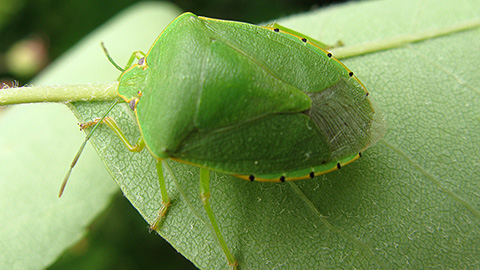
Fig. 6. Green stink bug adult.
Adult- Overwintering and Damaging Stage
- Size, shape, and color: about 1/2 inch long and shield shaped (5-sided). Consperse stink bug: gray-brown with black specks and yellow to green on the underside. Green stink bug: bright green and yellow on the underside near the head and legs (Fig. 5).
- Consperse stink bugs resemble a predaceous stink bug, which is gray with white specks and found in orchards.
- Where: overwinters beneath plant debris on the orchard floor or in protected places near the orchard, such as brush piles or under boxes.
- When: becomes active in early spring and feeds on broadleaf hosts, often weeds, near the orchard.
- Once mated, females lay eggs on the undersides of host plant leaves.
- Some adults will move directly into orchards upon emerging in the spring and deposit eggs on fruit trees; some feeding injury to flowers or young fruit can occur at this time.
- Most adults do not migrate to orchards until mid- to late-summer, when non-irrigated vegetation dries out; they usually feed on broadleaf weeds in the ground cover, but they may also attack the fruit crop.
Egg
- Color and shape: pearly white to pink and barrel shaped.
- Where: laid in clusters on the undersides of broadleaf host leaves.
Nymph-Damaging Stage
- Size, color, and shape: 1/25 inch long upon hatching, color varies from dark to light with red or orange markings; 1/2 inch long and brown to green by fifth instar.
- Where: feeds on host leaves or developing fruit.
- May not cause damage to tree fruit crops, but nymphs do damage other crops.
- Passes through five instars.
- Extent of injury caused to the fruit crop by feeding nymphs is uncertain.
HOST INJURY
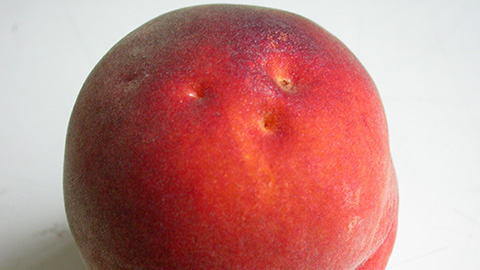
Fig. 7. Late-season cat-facing insect injury to peach.
Stone Fruit
- Feeding adults can cause cat-facing, dimpling, or deformity to fruit (Fig. 6).
- If fruit is almost mature when injured, the flesh does not turn corky but begins to decay.
- Feeding on cherry fruit may cause flesh near the pit to discolor and decay.
Injury to stone fruit is usually more severe than to pome fruit.
Pome Fruit
- Adults puncture fruit with their mouthparts causing scars, dimples, and depressed areas on the fruit surface.
- Injury is usually concentrated near the stem end of the fruit underneath the fruit peel. Feeding sites appear as pithy, darkened areas.
- In the late summer, adults may feed on a large number of fruit.
- Damage is often greater on orchard borders as stink bugs move in from surrounding areas.
Western Boxelder Bug
Boisea rubrolineatus
Boxelder bugs are generally not pests of great concern in fruit orchards; however, adults can damage fruit when large numbers migrate into orchards in search of overwintering sites in the late summer and fall. They can cause fruit injury similar to that of late-season stink bug feeding, such as dimples, scarring, and fruit deformation. Large populations generally develop only on female (seed-bearing) boxelder trees and relatives, where they feed primarily on the developing seeds. They generally do not injure ornamentals. The major concern over boxelder bugs is when they congregate on the sides of or enter into buildings and are a nuisance to people. There is one generation a year (Fig. 3).
HOSTS
- Apple
- Ash
- Boxelder
- Cherry
- Maple
- Peach
- Pear
- Plum
- Strawberry
LIFE HISTORY
Adult-Overwintering and Damaging Stage
- Size and shape: about 1/2 inch long; elongated, oval, and flattened on top.
- Color: gray to black body with distinct red lines on the thorax and wing coverings; underside of the abdomen is striped in red and gray; head, antennae, and legs are black.
- Where: overwinters in dry, sheltered areas in crevices of trees, buildings, or other structures.
- When: becomes active on warm winter days and may appear suddenly in large numbers, returning to shelter as temperatures drop at night; emerges in the spring and flies to a host plant where the female deposits its eggs.
- New generation of adults develop during the summer and seeks protected overwintering sites in the orchard in late summer near the time of fruit maturation.
Egg
- Size, shape, and color: small, oval, and red.
- Where: laid on leaves, in crevices of bark, and on other surfaces.
- Laid in groups of two or three.
- Hatches in 10 to 14 days.
Nymph-Damaging Stage
- Shape and color: resembles small adult without wings; bright orange-red when first hatched; black markings appear when half grown.
- Where: sucks fluid from flowers, fruit, seeds, foliage, and tender twigs.
HOST INJURY
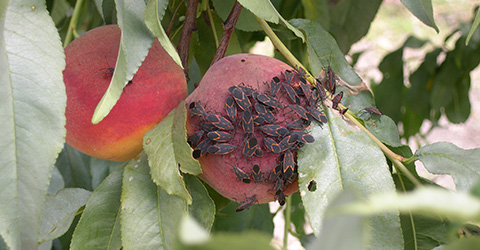
Fig. 8. Boxelder bugs congregating on ripe peach fruit.
Fruit injury from the boxelder bug is sporadic in Utah. Even though boxelder bugs have been found on most fruit trees, large numbers generally develop only on female boxelder trees where they feed mainly on seeds. In some orchards in some years, large numbers will immigrate near harvest and feed on fruit when they are nearly mature (Fig. 7), causing the following injury:
- Dimples, scars, and fruit deformation
- Corky tissue
- Premature fruit drop
TIMING CONTROL
The two important times for monitoring and controlling piercing sucking bugs in orchards are in the spring from bloom through early fruit development, and then in the late summer to fall as fruit nears maturity. Western boxelder bugs, lygus bugs, and stink bugs are fairly conspicuous and easy to spot in the orchard. Therefore, visual monitoring may be the best method. A beating tray may be used early in the season, but by late summer too many fruit may be dislodged.
For lygus bugs, spring monitoring should be done from pre-bloom through early fruit development using one of several methods.
- A sweep net can be used to sample the orchard ground cover or alfalfa fields bordering orchards.
- Also, bugs can be jarred from limbs onto a beating tray.
- Or simply make a visual examination.
Concentrate monitoring on orchard borders to detect the bugs moving in from nearby host plants as early as possible. Orchards with abundant broadleaf weeds in the ground cover or those adjacent to alfalfa fields should be monitored especially closely during this critical time period.
Stink bugs and boxelder bugs primarily attack fruit near maturity in late summer to fall. Even though large numbers of these bugs may be found on weeds and other host plants, it does not mean large numbers will move into the orchard to feed on fruit. For stink bugs, fruit can be examined for spots of excrement, which bugs deposit while feeding. If the orchard has a history of stink bug damage, herbaceous hosts at the orchard borders can be swept with a canvas sweep net. For boxelder bugs, visual observation of fruit near maturity is probably the best method as large numbers of bugs are easy to spot.
MANAGEMENT
Management of Alternate Host Plants
Lygus bugs, stink bugs, and boxelder bugs all use plant hosts in addition to fruit trees for feeding, reproduction, and overwintering. Most potential problems can be reduced by appropriately managing or removing the alternate hosts.
Lygus bugs and stink bugs feed primarily on broadleaf weeds in the orchard ground cover, on borders, or in nearby crop fields, especially alfalfa. To keep populations from building up in the orchard, it is best to plant a ground cover that will discourage encroaching weed hosts. Perennial grasses or other herbaceous cover crops that do not harbor plant bug pests are recommended. Proper ground cover management is especially critical in peach and nectarine orchards where cat-facing injury can be severe. Dry vegetation, mowing, herbicide treatment, and cultivation can all cause bugs in the ground cover to move into trees in search of alternate food. Avoid mowing, cultivation, and herbicide application during periods when bug populations are high and fruit is most susceptible to injury, such as during bloom, when fruit is young, and near fruit maturity. Remove weed hosts on orchard borders where possible and avoid planting alfalfa next to orchards. Such measures will help reduce the number of adults migrating into orchards during spring and summer.
For orchards that suffer annual boxelder bug damage, removing host trees, such as female boxelder, maple, and ash, from the surrounding area can help reduce boxelder bug populations. However, this is often impractical for orchards that are adjacent to uncultivated areas with abundant boxelder stands, or near urban areas where host trees are in the landscape.
Biological Control
Lygus Bug
A number of naturally occurring parasitoids and predators attack lygus bugs:
- Several parasitic wasps attack eggs, nymphs, and adults.
- Predators such as big-eyed bugs, damsel bugs, assassin bugs, some beetles, and crab spiders can help control lygus bug nymphs on host plants outside the orchard or on the ground cover.
Stink Bugs
Two scelionid wasp egg parasitoids have been shown to help suppress stink bug populations in the Northwest:
- Telenomus podisi
- T. utahensis
Insecticides
Insecticides can provide quick and effective control of piercing-sucking bug pests when their use is targeted for substantial populations at a susceptible stage of fruit development. However, repeated insecticide applications have been shown to quickly create resistance and will dramatically reduce natural enemies. Therefore, insecticides should not be used unless necessary to prevent substantial fruit damage.
When problems are detected, spot or border treatments are preferable to entire orchard sprays. Treatment can provide rapid knock-down of fruit-damaging populations, but reinfestation can occur as long as large numbers of the bugs are actively moving into orchards to feed or seek sheltered overwintering sites.
Recommended chemicals:
- beta-cyfluthrin (BaythroidR)
- cyfluthrin (RenounceR, TombstoneR)
- endosulfan (Thionex 50WR)
- esfenvalerate (AsanaR)
- fenpropathrin (Danitol 2.4ECR)
- flonicamid (Beleaf 50SG)
- formetanate hydrochloride (Carzol SP) – for use before petal fall only
- lamda-cyhalothrin (Warrior IIR)
- lambda-cyhalothrin/chlorantraniliprole (Voliam XpressR)
- methonyl (LannaleR)
- thiamethoxam/chlorantraniliprole (Voliam/Flexi)
NOTE: Check product label for registered crop uses, appropriate timing of application, protection interval, and pre-harvest interval. Consider the toxicity to beneficial insects and past use when choosing a material. Avoid applications during bloom as all products are toxic to pollinators.
RRestricted-use products
Application timing:
- If lygus bugs or stink bugs are found before bloom, or if there is a history of bug damage, use a delayed-dormant to pre-bloom spray.
- At petal fall to shuck split, if bugs are found feeding on developing fruit.
- Before harvest, if large numbers of bugs are found feeding on maturing fruit.


